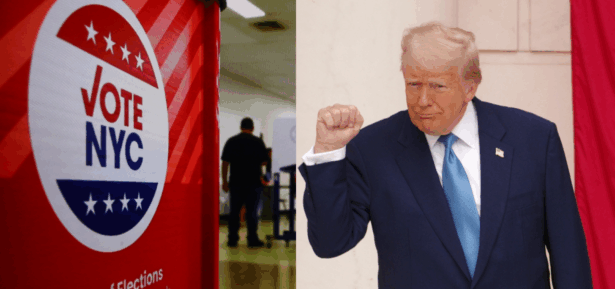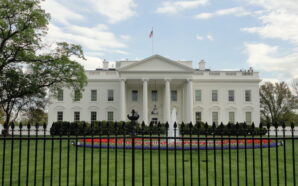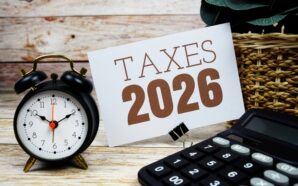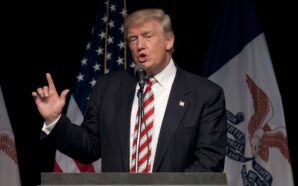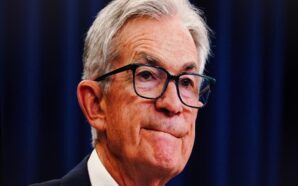
Credit: Unsplash
Federal student loan borrowers are in a tough situation as the pause on loan payments, implemented during the pandemic, is ending. This means that the average American’s debt limit is going up. A temporary agreement between Republican lawmakers and President Joe Biden has ended the pause on federal student loan payments.
The agreement’s written details state that the pause, which has been active for over three years and covered two different presidential administrations, will no longer be in effect. Borrowers will need to start paying their student loan bills again 60 days after June 30, likely in September.
This pause on federal student loan payments was one of the few relief measures related to the Covid pandemic that was still active. Former President Donald Trump initially announced it in March 2020, and it has been extended eight times since then. The policy has helped borrowers by stopping the accumulation of interest on their federal student debt and allowing them to skip payments without facing penalties. Many Americans have taken advantage of this pause, saving an average of $5,000 in interest during the public health crisis.
According to the current version of the debt ceiling agreement, the pause will end 60 days after the end of June. The U.S. Department of Education will have limited ability to extend this relief further without Congress taking action.
The Biden administration had already been preparing borrowers for the resumption of payments within a few months, with expectations of payments starting again by the end of August. However, new data suggests that borrowers whose loans were frozen are now in a worse financial situation and may accumulate even more student loan debt.
Reports indicate that the pause cost is estimated to be as high as $5 billion per month, and it is expected to reach nearly $200 billion when payments resume in September. By the end of 2021, borrowers who had their loan payments paused increased their credit card, mortgage, and car loan debt by an average of $1,800. They also took on an additional $1,500 in student loan debt compared to those without paused payments.
As the pause on federal student loan payments ends, borrowers face the challenge of managing their increased debt and getting ready to start making payments again.
Instagram’s Role in Shady Activities Over the Years
-
Credit: Shutterstock Imagine not having to hunt for groceries after a long day or remember when your phone bill...
-
Credit: Shutterstock While government offices sit quiet amid the ongoing federal shutdown, the White House grounds are anything but...
-
Credit: Shutterstock Good News for Taxpayers Good news might be on the horizon for taxpayers — especially those with...
-
Credit: Shutterstock Everything You Need to Know President Donald Trump accused Senate Democrats of “holding the federal government hostage”...
-
Credit: Shutterstock Ruling marks key step in ongoing legal fight over federal authority and state control The Ninth Circuit...
-
Credit: Shutterstock The White House grounds haven’t seen a sight like this in decades — cranes, bulldozers, and construction...
-
Credit: Shutterstock Phil Mickelson isn’t just swinging golf clubs these days — he’s swinging at political rivals too. The...
-
Credit: Shutterstock Peaceful rallies across all 50 states mark one of the largest single-day protest movements in U.S. history...
-
Credit: Shutterstock The end of quantitative tightening may not be the market boost it appears to be Federal Reserve...
-
Credit: Shutterstock Here’s Everything You Need to Know On October 6, 2025, the U.S. Supreme Court quietly slammed the...
-
Credit: Shutterstock Trump Accused of Spinning a “New Big Lie” Amid Shutdown President Donald Trump is under fire again,...
-
Credit: Shutterstock Elon Musk has taken aim at one of the most powerful civil rights groups in America, the...



